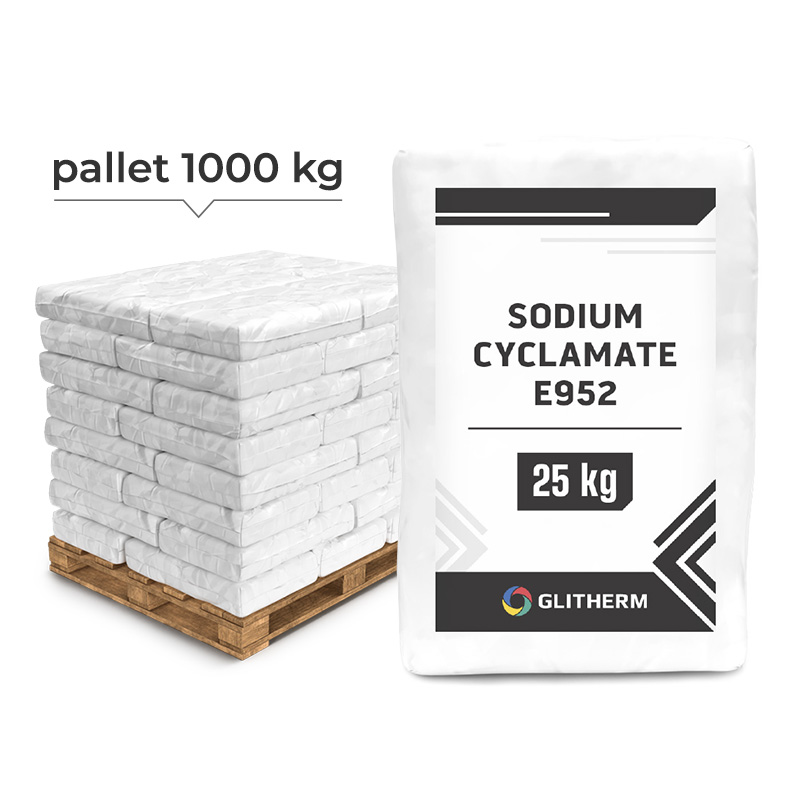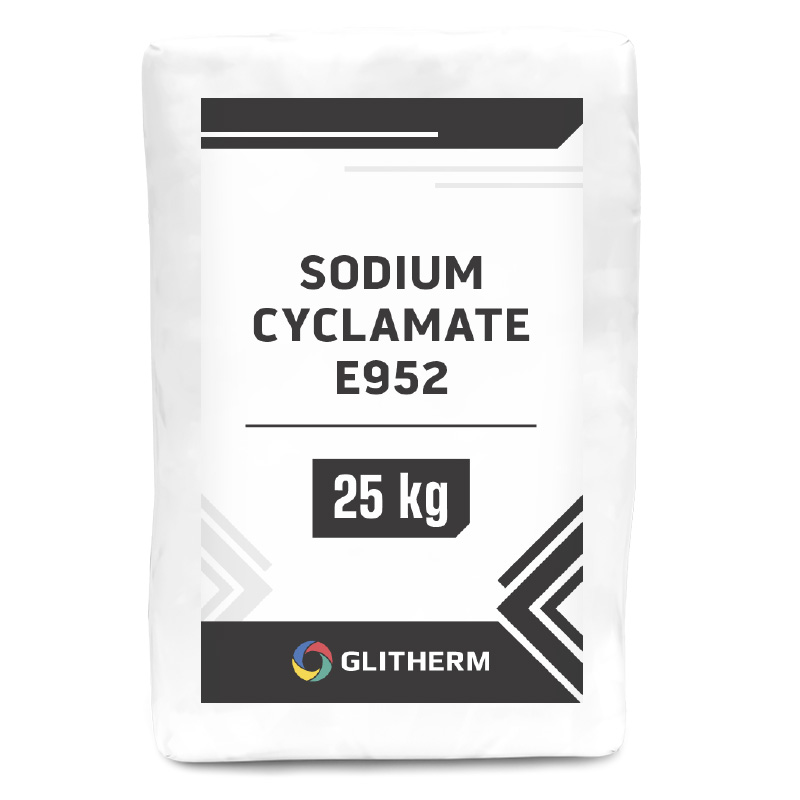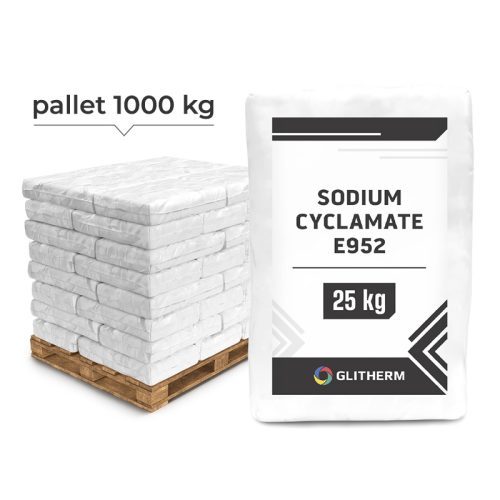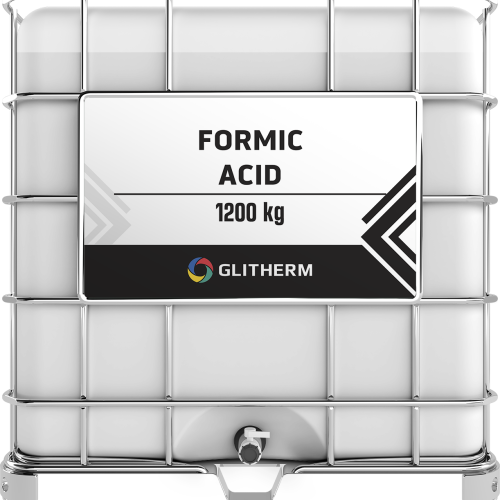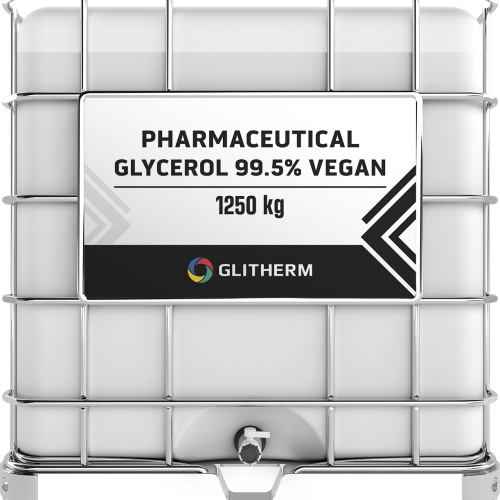Sodium cyclamate – sweetener E952, essential in food production, is one of the oldest sugar substitutes. Discovered already in 1937. Sodium cyclamate is 30-50 times sweeter than traditional sugar. Some particularly sensitive consumers feel the aftertaste of the substance at higher concentrations, which is why sodium cyclamate is often used in combination with other sweeteners.
It is especially willingly used to replace sugar in ready-to-eat diet and sugar-free products. However, not dedicated to people with diabetes. Due to possible interactions with some oral medications used by diabetics. It is possible to choose diabetes therapy in such a way that the consumption of products containing Sodium Cyclamate is safe. Such therapy, however, requires consultation with the doctor conducting the therapy of a particular patient.
Sodium cyclamate can replace sugar in ready-made products such as: dietary carbonated drinks, light jellies, sugar-free chewing gums, ice cream and in a wide range of confectionery products such as cakes, cookies, donuts and others.
Sodium cyclamate is not metabolized by humans and is rapidly excreted unchanged. However, there is a risk of its transformation to harmful cyclohexylamine in individual individual cases under the influence of bacterial microflora.
The maximum recommended dose is 11 mg per kg of body weight, it applies practically only to people who may experience the transformation described above.
Sodium cyclamate is characterized by good solubility in water. It is also resistant to high temperatures, which is why it is often chosen as an additive to finished products subject to heat treatment, cooking, baking and even frying or roasting.
Sodium cyclamate is approved for use without restrictions in food products in the European Union in accordance with Directive 94/35/EC on sweeteners.
As a food additive, sodium cyclamate is successfully used in about 90 countries around the world.
Concerns about its effect on the incidence of certain forms of cancer, arising from animal studies in the 1960s, are not confirmed by human studies.
The automatically translated description is binding in the Polish version.

